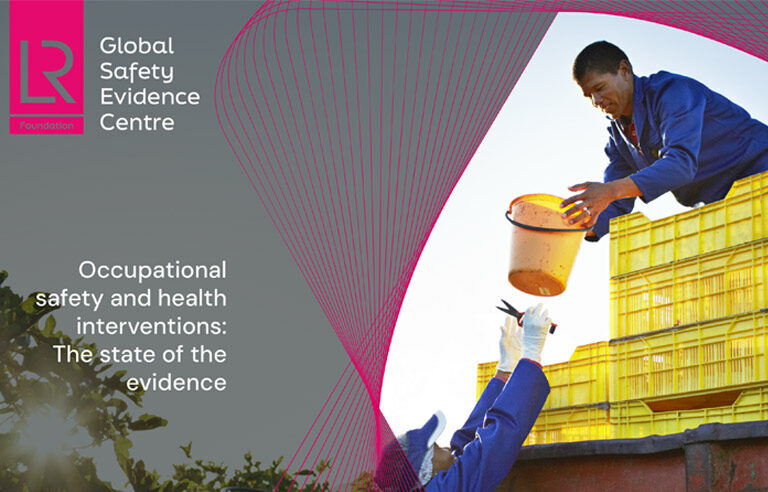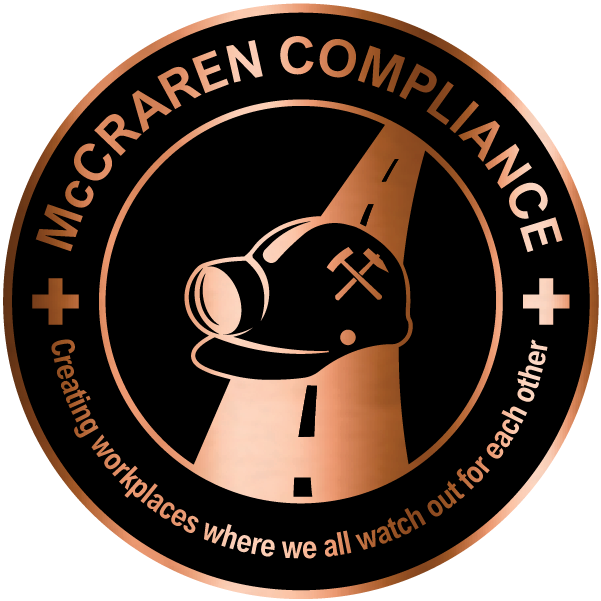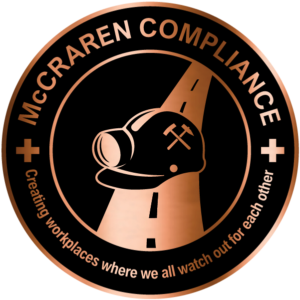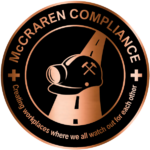
Photo: Lloyd’s Register Foundation
London — Researchers should work closely with occupational safety and health practitioners to enhance decision-making on workplace safety issues, a new research review concludes.
For its Occupational safety and health interventions: The state of the evidence report, Lloyd’s Register Foundation examined 53 studies published since 2015 that assessed the effectiveness of OSH interventions.
Findings show that current evidence “lacks clarity and consensus on what is meant by ‘safety’ and related concepts,” as well as uses many different direct and indirect measures of safety.
In addition, although many of the interventions proved to be effective, the studies were often limited by their reporting and methodology. Few of the studies showed how and why the interventions led to safety outcomes.
Improving research to benefit OSH practitioners is necessary, the report authors note, because 20% of workers globally have experienced harm in the past two years. The International Labour Organization estimates that workplace incidents and diseases cause 3 million deaths and 395 million nonfatal work injuries a year.
The report offers five recommendations for OSH researchers:
- Fully describe populations and settings in which interventions are carried out to understand what works, for whom and in what contexts.
- Develop and test theoretical models that clarify the causal relationships between attitudes, behaviors, or organizational practices and improvements in safety and health outcomes.
- Identify evidence gaps and priorities and develop research questions with policymakers and practitioners.
- Seek guidance on designing, conducting and reporting evaluations of OSH interventions to ensure the quality of future research.
- Provide clarity and help form consensus around definitions and measures of safety and related concepts in occupational settings.
McCraren Compliance offers many opportunities in safety training to help circumvent accidents. Please take a moment to visit our calendar of classes to see what we can do to help your safety measures from training to consulting.
Original article published by Safety+Health an NSC publication


